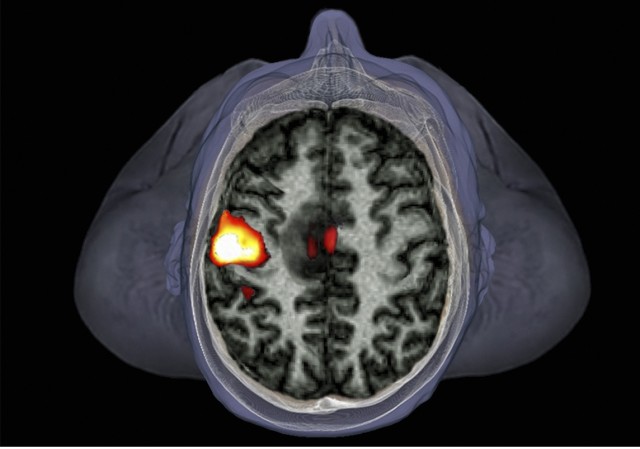Blogs
"fMRI reporting needs fraternity sync and hand-holder training", discusses TeleradiologyHUB Second Opinion Expert Panel.
fMRI simply means Functional magnetic resonance imaging. A functional MRI (fMRI) gives us a more dynamic yet operational understanding of brain activity. Dr AB puts it very succinctly, "This procedure provides us with typical and atypical changes associated with blood flow patterns across the brain and complex capillaries". We must know that there is a strong correlation between cerebral blood flow and neuronal activation. Typically when some part of the brain has an activity or is used more, then the blood flow to that region also increases correspondingly. This becomes the basis for reading fMRI scans. "fMRI needs differentiated reporting to fulfill specific reporting standards", as experts claim.
Reporting fMRI requires Observer Training under second opinion Panel
They are to be reported as per the flow imagiary standards considering relevant protocols designed. The good reports mandates skills accompanied by gradual training as far as a team with Senior Junior Radiologist sync. Such a sync is rarely available in radiology where each of the radiologists is burdened with a daily routine of MRI and CT scans, not usually available therefore most of the Junior Radiologists stay away from reporting fMRI. Now let's come back to how a a Junior radiology maximizes his chances of upgrading his skills for reporting fMRI. There are certain telereporting platforms who could report fMRIs. But TeleradiologyHUB is in particular a learning zone for junior radiologists. It has 90+ Experts Panels for second Opinion. Second Opinion always comes for complicated MRI or CT cases. The Experts panels have multiple radiologists lead by an Expert who can do justice to the reporting or clinicians demand. In case of fMRI the lead has an idea how to go about but he/she involves other juniors in the panel to do preliminary study., Dr AB claims that, "The Lead Radiologist at TeleradiologyHUB is a privileges but shares a great responsibility, During the course of work, he/she can accept observations from Juniors or he may edit them or further add observations. He/she can completely work in rejection mode - can erase the earlier observations from Juniors.". The benefit of the Panel system is that the Juniors get to know what part of their work has been added or edited or deleted. Juniors get real time feedback then and there itself. The lead radiologist pulls over his sleeves for focused opinions and gets hands on fMRI. It definitely needs guidance in initial cases.
Statistical Approach fMRI reporting
Lets see the specifics of reporting culture. The presentation of fMRI results often involves figures with statistical interpretation of the data including tables listing locations of significant brain activation. For figures, important details include the nature of the statistical map, the intensity and cluster size threshold used to create the image, the identity of the underlying anatomical image, and any additional operations that have been performed to the map (such as masking out particular regions). There are some Instructions during the task of reporting that are to be paraphrased. The reporting radiologist should ask what subjects were asked to do? The procedure provides for Stimuli. Now the radiologist needs to prepare the answers for questions like What were the stimuli and how many were there? Did specific stimuli repeat across trials? fMRI analyses a lot of data before figuring out the reporting covers a lot of statistical analysis and comparison. It uses ANOVA models, simulation models,sample t-test on summary statistics . There are protocols that need a number of experimental sessions and volumes acquired per session. It also need following parameters:-Pulse sequence type (gradient/spin echo, EPI/spiral) If used, parallel imaging parameters (e.g., method [SENSE/GRAPPA] and acceleration factor) -Field of view, matrix size, slice thickness, interslice skip
-Acquisition orientation (axial, sagittal, coronal, oblique; if axials co-planar with AC–PC, the volume coverage in terms of Z in mm)
- Order of acquisition of slices (sequential or interleaved), TE/TR/flip angle
When you subscribe to the blog, we will send you an e-mail when there are new updates on the site so you wouldn't miss them.


Comments